Tulip – continuing our Flower Power series….

Tulips are one of the first flowers to burst through in the springtime and a favorite of many gardeners. They are everywhere and that makes it easy to take them for granted, but what stories do they have to tell?
Most people associate tulips with the Netherlands because they became the largest producer and exporter of tulips worldwide. Actually, tulips can be traced back to the 16th century when they were discovered growing wild in the mountains of Kazakhstan in Central Asia. The Sultan, the leader of the Ottoman Empire, was very impressed with its beauty and the tulip became a marker of wealth and power. Because of this, the sultans wore tulips on their turbans. In fact, that is how the tulip got its name, derived from the Persian word “tulipan” which means turban.
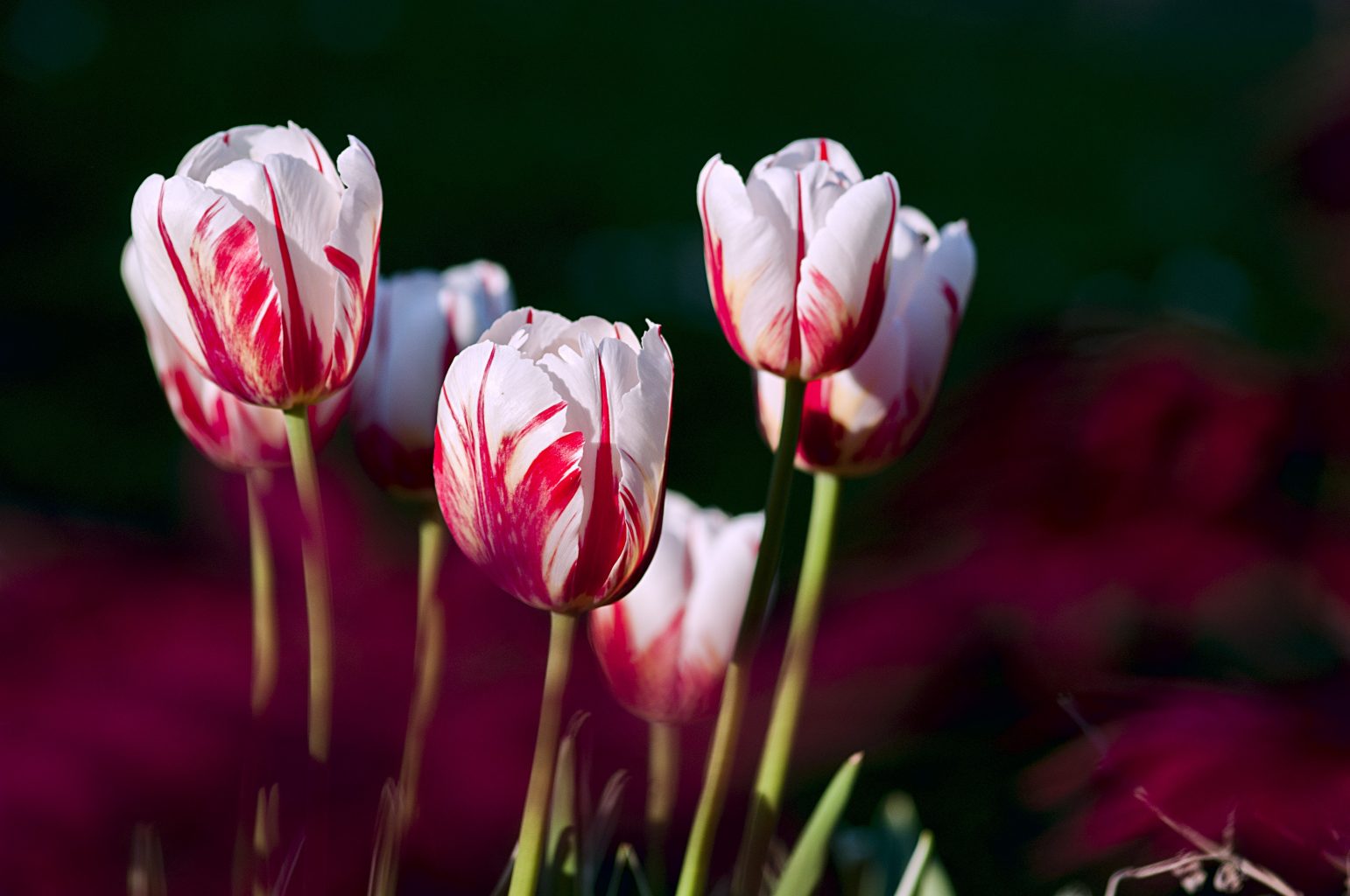
The Sultan, leader of the Ottoman Empire, presented tulips to important people from places such as Vienna and Austria. A university professor in Austria was gifted some of the bulbs at a time he was managing the gardens of the Austrian Emperor.
While accounts vary, one of the main stories involve the professor moving to take a position at Leiden University in 1593 where he planted the first tulips in the Netherlands in their botanical gardens. In 1596 and 1598 someone stole some of the bulbs, eventually contributing to a phenomenon which sent the prices of the bulbs skyrocketing.
By 1633-34 tulips were featured in a strange period of time which was called “Tulip Mania”. The price of tulip bulbs eventually began to outpace the cost of many homes and bringing prices more than equivalent to what a craftsman may earn in a year. This speculative market created one of the largest ever “bubbles” and subsequent market crashes when the tulip craze suddenly came to an end in 1637, leaving some rich and many destitute.
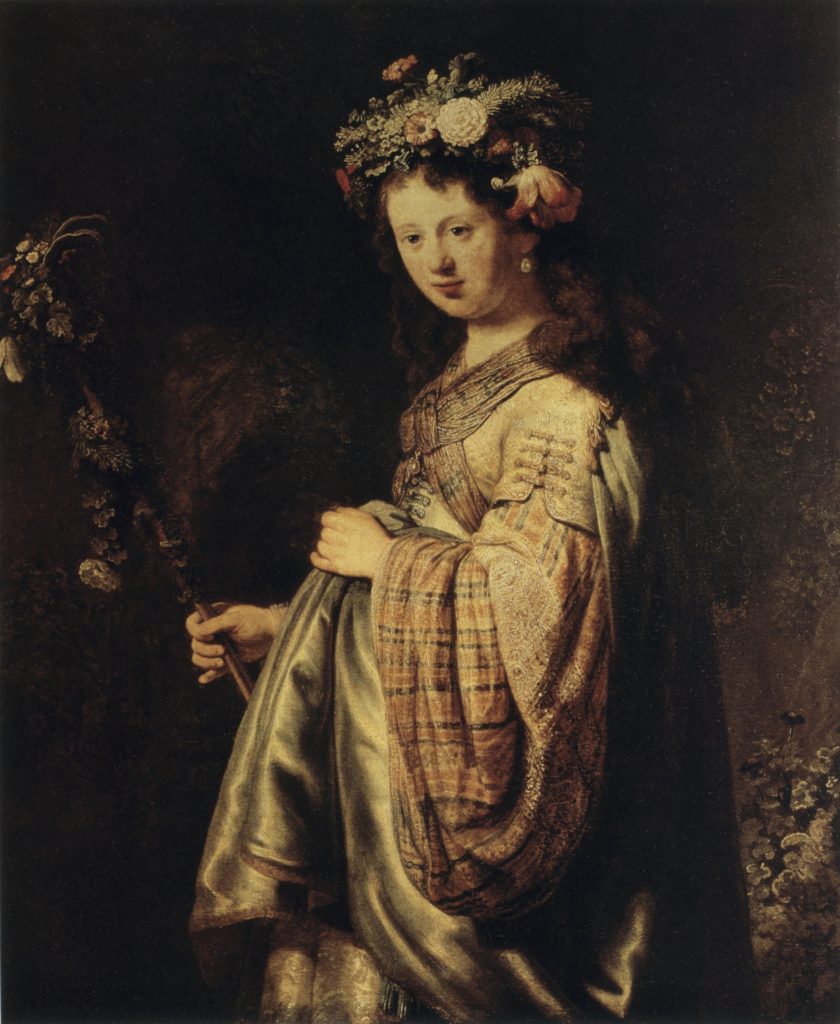
Rembrandt was born in 1606 in the city of Leiden where it is believed the first tulips were planted in the Leiden University gardens. In 1634 (during Tulip mania) Rembrandt painted his wife, Flora, as the goddess of spring and flowers featuring a large tulip with the flame-like red lines running through the white.
These flowers became known, even until today, as “Rembrandt Tulips” in honor of the artist and became one of the most highly prized varieties. They had wonderful color patterns, although they were short-lived plants. The cause was actually a virus which suppressed the main pigment resulting in the white or yellow under-color showing at random. The virus not only weakened the plant but was infectious, so it has been eradicated. These same lovely effects are now achieved by careful genetic breeding.
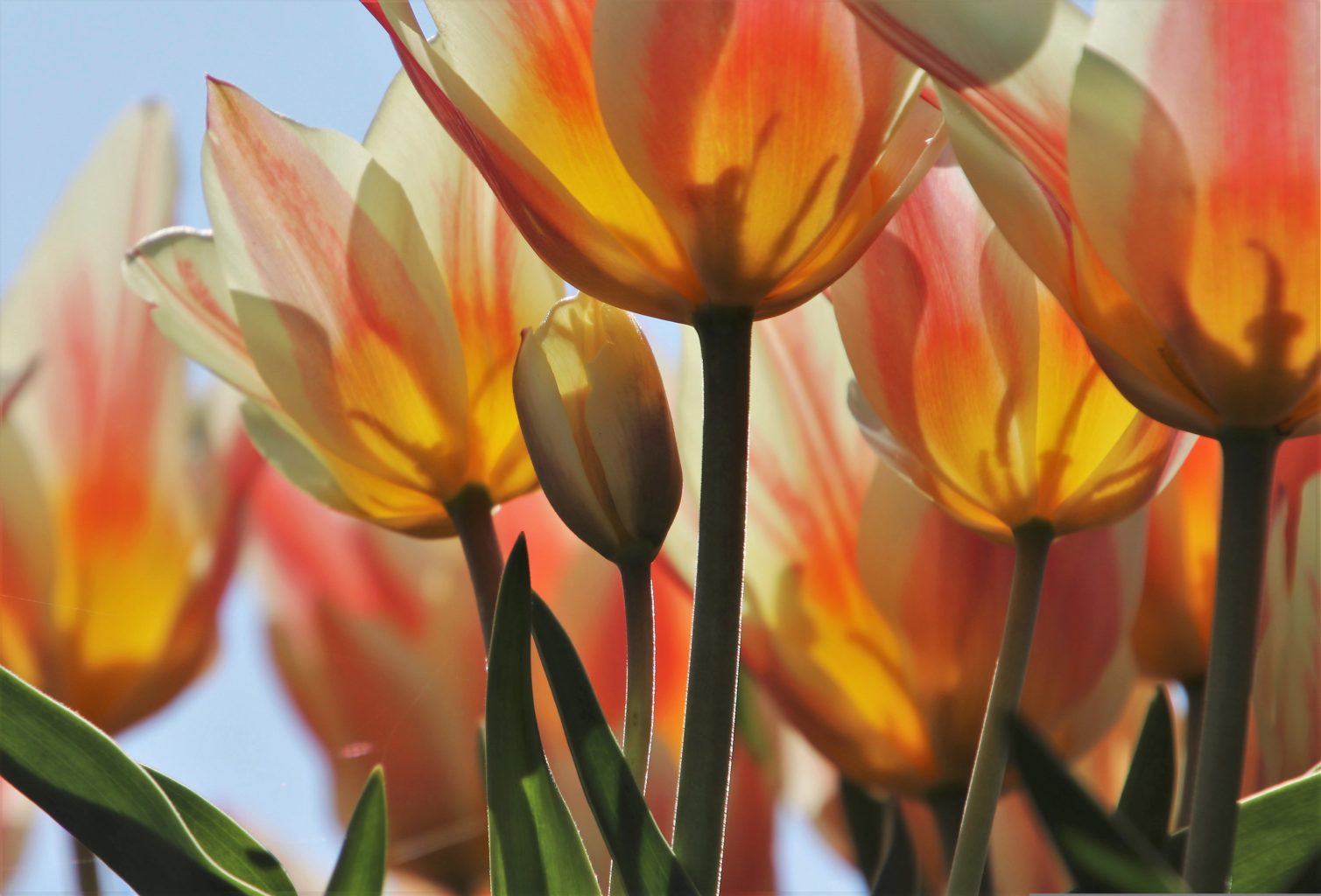
Tulips have a special affection for the light of the sun, they will bend and twist to grow towards light (even in a vase). Their beauty has captured countless painters (apart from Rembrandt) including Vincent van Gogh, Claude Monet, Paul Cezanne.
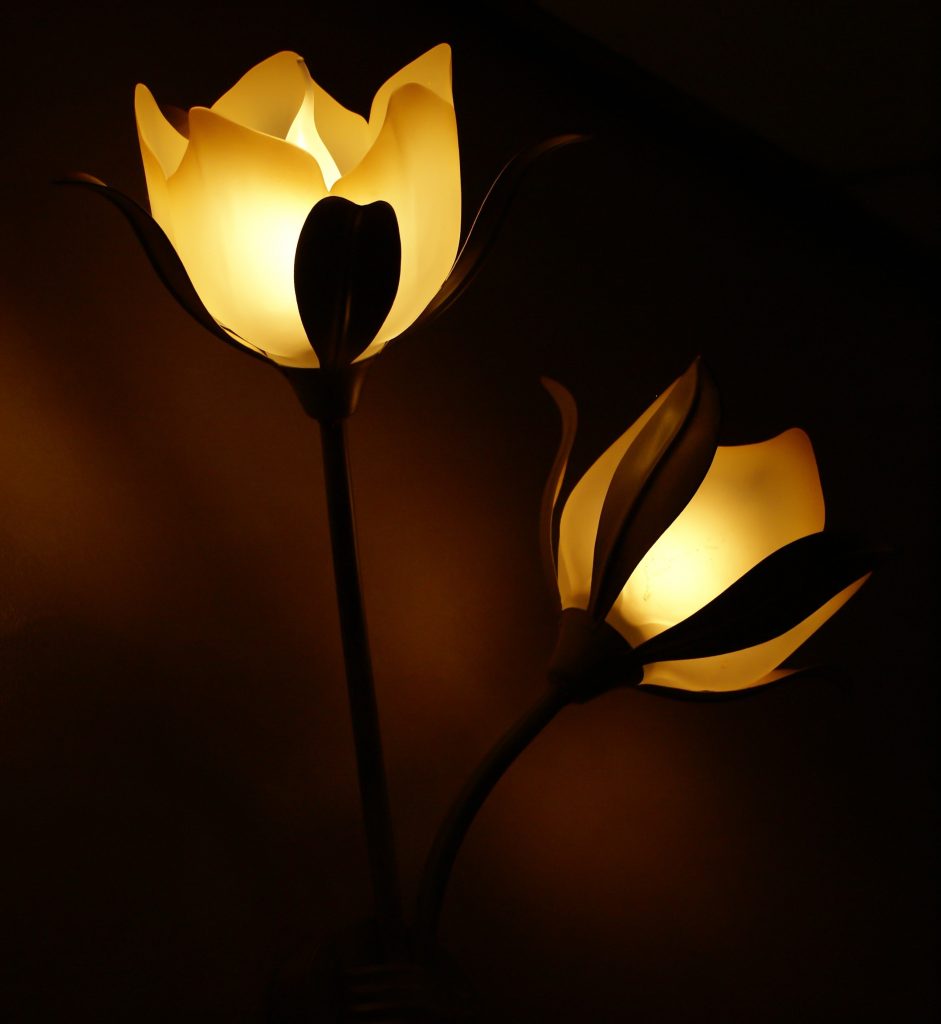
The 18th century watercolor artist Judith Leyster painted one of the original Tulip Mania flowers which is quite stunning in its intricacy. Many other artists seem to be inspired by tulips. A little research will turn up patterns for paintings, embroidery, ceramic tiles, tulip patterns on quilts and on and on. For those who have artistic tendencies, this may be a wonderful subject for your expression.
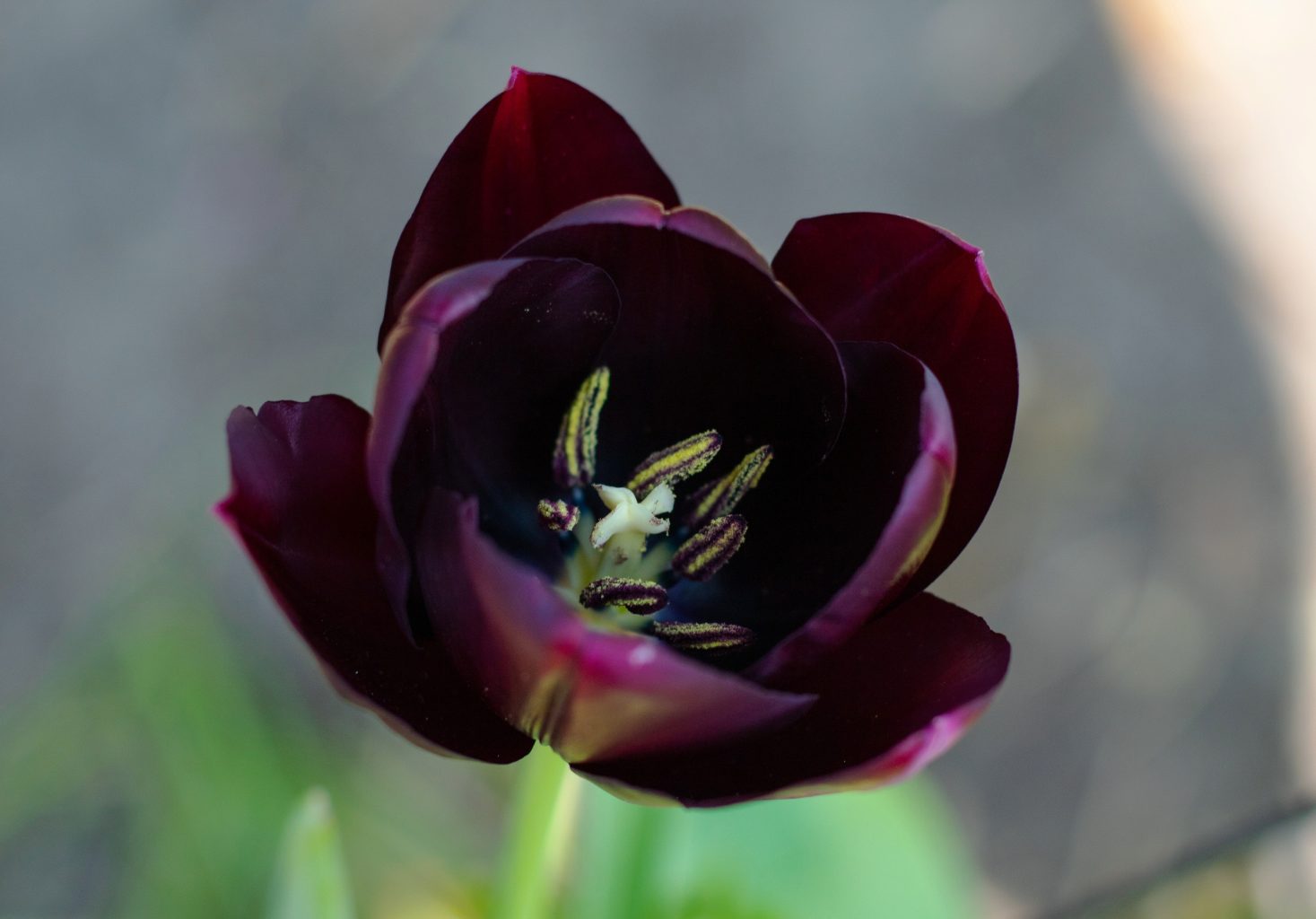
The Queen of the Night is a truly regal tulip. She has been centuries in the making as plant breeders worked to create a truly black flower. This cultivar was finally successful in the 1940s. With the deep maroon hue, the petals can seem to be almost black. As a plant of pride in Holland, this Queen has become a symbol of sophistication and mystery.
The Queen of the Night belongs, with all the other tulips, to genus Tulip which is part of the family Liliaceae (lily). One of the darkest flowers in existence, they can grow to almost 2 feet high with only a single flower on the top of the stem, blooming in late spring and remaining a hardy plant.
While we enjoy the sheer visual aspect of these lovely plants, they were actually a famine food. During the winter of 1944-45, known as the Hunger Winter, more than 20,000 died of starvation. The Dutch government needed to find alternative means to feed the population. Tulips were called to stand in for onions and there is famously a recipe for “tulip soup” along with photographs of women in a soup kitchen peeling the bulbs in one of their museums.
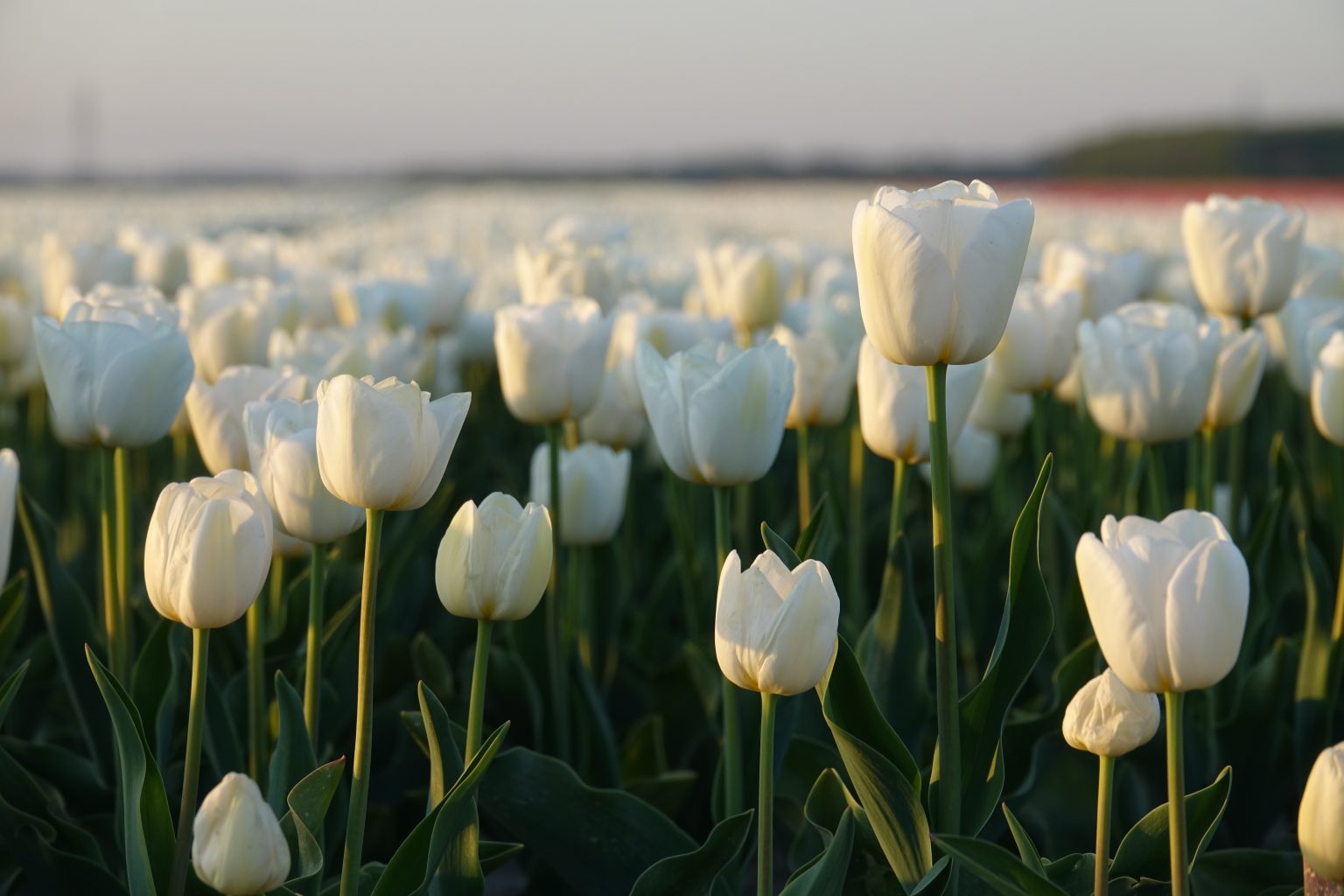
The tulips’ beautiful shape is wonderfully and almost perfectly symmetrical. The blooms contain 3 petals and 3 sepals which are all almost the same size, so it looks like there are 6 petals on each bulb.
With their bold colors, thousands of varieties and so much appreciation being shown to these amazing plants, they would make a wonderful subject for meditation. With so many pathways, it is not hard to form a relationship with the tulip.
